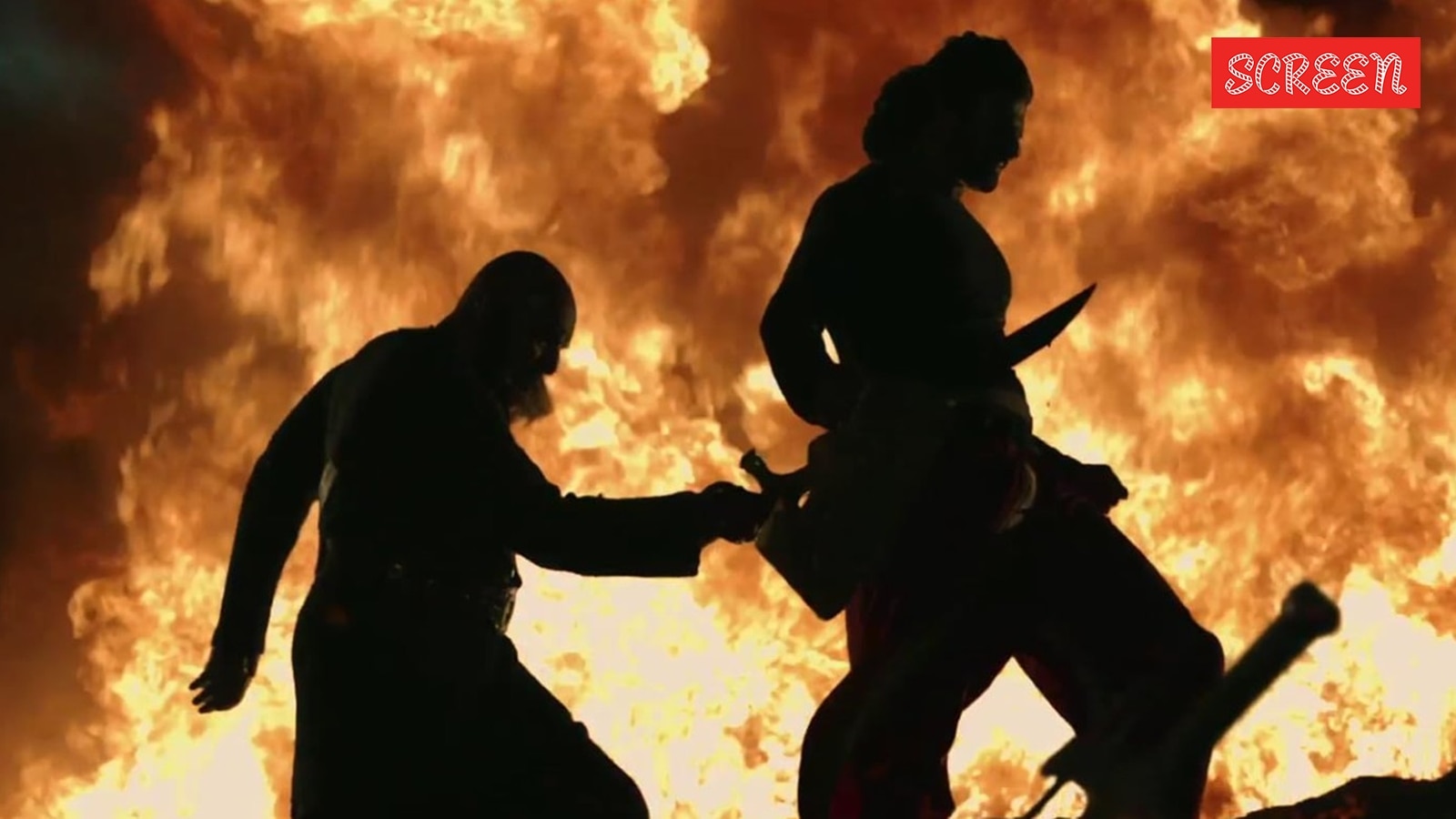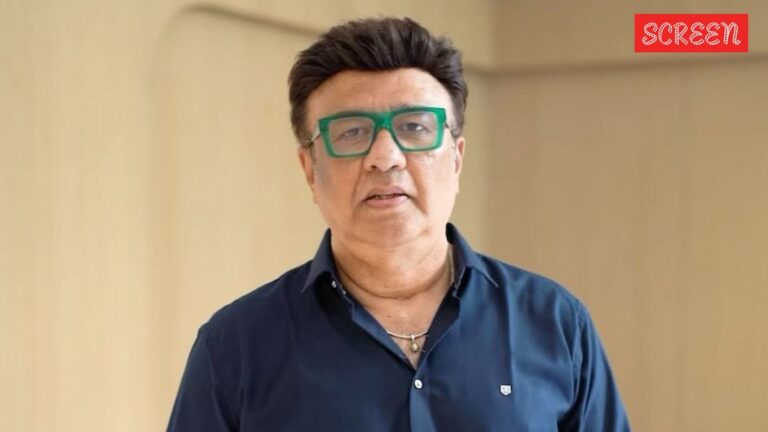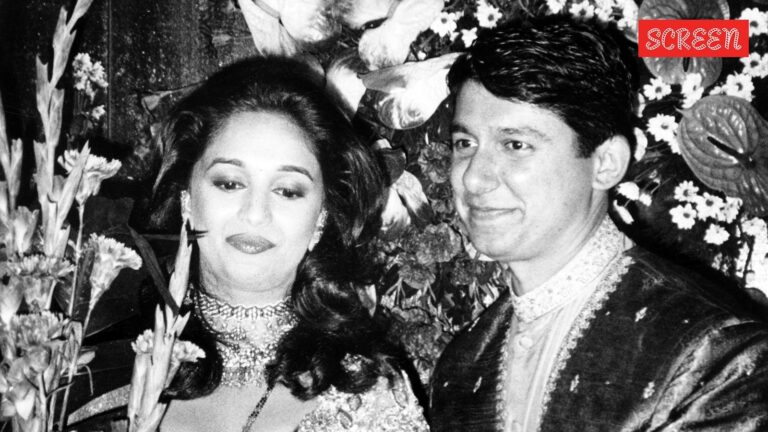No matter whether you’re a fan of the film or not, there’s no denying that director SS Rajamouli’s Baahubali: The Beginning, which turns 10 today (July 10), propelled Indian cinema to heights it had never imagined. Not only did it break box office records in Telugu and across India, but it also became a global talking point, shining an unprecedented spotlight on Indian cinema and paving the way for the even bigger success of its sequel, Baahubali 2: The Conclusion (2017).
While many of its aspects, including the VFX, action choreography, production design, performances, music and cinematography, collectively contributed to Baahubali: The Beginning’s phenomenal success, the one element that played the most crucial and towering role was its writing. V Vijayendra Prasad and son Rajamouli, who penned the story and screenplay respectively, not only managed to tick every box required for an epic actioner, but also succeeded in crafting one of the most iconic cliffhangers in Indian cinema, showing by example how to pull off a serialised franchise. Instead of forcing a sequel that they didn’t ask for on the audience, Rajamouli made nearly everyone who watched the film yearn to know the answer to the million-dollar question: Why did Kattappa kill Baahubali?
Despite the story positioning Karikala Kattappa Nadar (Sathyaraj), the commander of Mahishmati’s armed forces, as Amarendra Baahubali’s (Prabhas) mentor and confidant — Amarendra even calls him “Mama” (uncle) — Baahubali: The Beginning ends with Kattappa telling Amarendra’s estranged son Sivudu (also played by Prabhas) that he himself was the traitor who murdered the crown prince. “Who? Who was it (that killed my father)?” Sivudu asks, to which a teary-eyed Kattappa replies, voice choked, “That traitor was me”. As the audience reeled in shock, Rajamouli ended the film with a now-iconic shot, which looked almost like a painting, of Amarendra Baahubali being stabbed in the back.
It’s rare for every aspect of a movie to peak in the climax to deliver an experience so powerful, but Rajamouli pulled it off, leaving the question “Why did Kattappa kill Baahubali?” reverberating across the country. In fact, the cliffhanger’s impact was so deep that it even found a mention by Prime Minister Narendra Modi. During a 2017 election rally in Uttar Pradesh, he said, “A film titled Baahubali had released some time back. Baahubalis look good in the film, and their bravura performance also looks good. But in the film, there was a character called Kattappa in the film, who destroyed Baahubali.” Since he didn’t know the full context of the scene, Modi added that after the election results, the police baton would take care of the criminals “like Kattappa did”.
Although this climax underscored Rajamouli’s mastery of the craft, Prabhas once revealed that the ending initially didn’t sit well with Telugu audiences. “In Telugu, on the first day, there was very bad talk (against the film). People had high expectations because it was Rajamouli and me. Then suddenly Kattappa comes and kills the hero. They didn’t like it. It came as a shock. It felt like an abrupt cut as they’d never seen a film like that. They were worried. Till late afternoon and evening, there was very bad talk,” he said in an interview with Film Companion. But the Baahubali fever soon gripped the country, and the film eventually became the second highest-grossing Indian film worldwide at the time of its release.
Also starring Anushka Shetty, Rana Daggubati, Ramya Krishnan, Tamannaah Bhatia and Nassar, the film featured cinematography by KK Senthil Kumar, visual effects by V Srinivas Mohan, editing by Kotagiri Venkateswara Rao and music by MM Keeravani.
Baahubali and the birth of the “pan-India” phenomenon
The impact of Baahubali has been such that it introduced the term “pan-India” into the film vocabulary to describe commercial films that appeal to audiences across regions. After Baahubali, not just that filmmakers began designing mammoth projects, even films that could have been conceived on a smaller scale were inflated, assuming this was “what the audience wanted”. Although sequels were nothing new in Indian cinema, after the Rajamouli directorial’s global success, almost every project touted as “pan-Indian” was envisioned as a franchise. But where many of these subsequent franchises faltered was that Rajamouli and Vijayendra Prasad genuinely had enough material to split Baahubali into two films in a way that felt organic. In contrast, all that the others did was blindly replicate the Baahubali formula by splitting their stories into multiple parts without having enough content for even a single feature-length film.
Story continues below this ad
In a way, it can be said that Rajamouli and the question “Why did Kattappa kill Baahubali?” succeeded in making audiences wait eagerly for nearly two years to get closure, and ensuring that when it finally came, they felt it was completely worth it, thanks to the sequel’s quality, something none of the copycats have managed to achieve since.

























